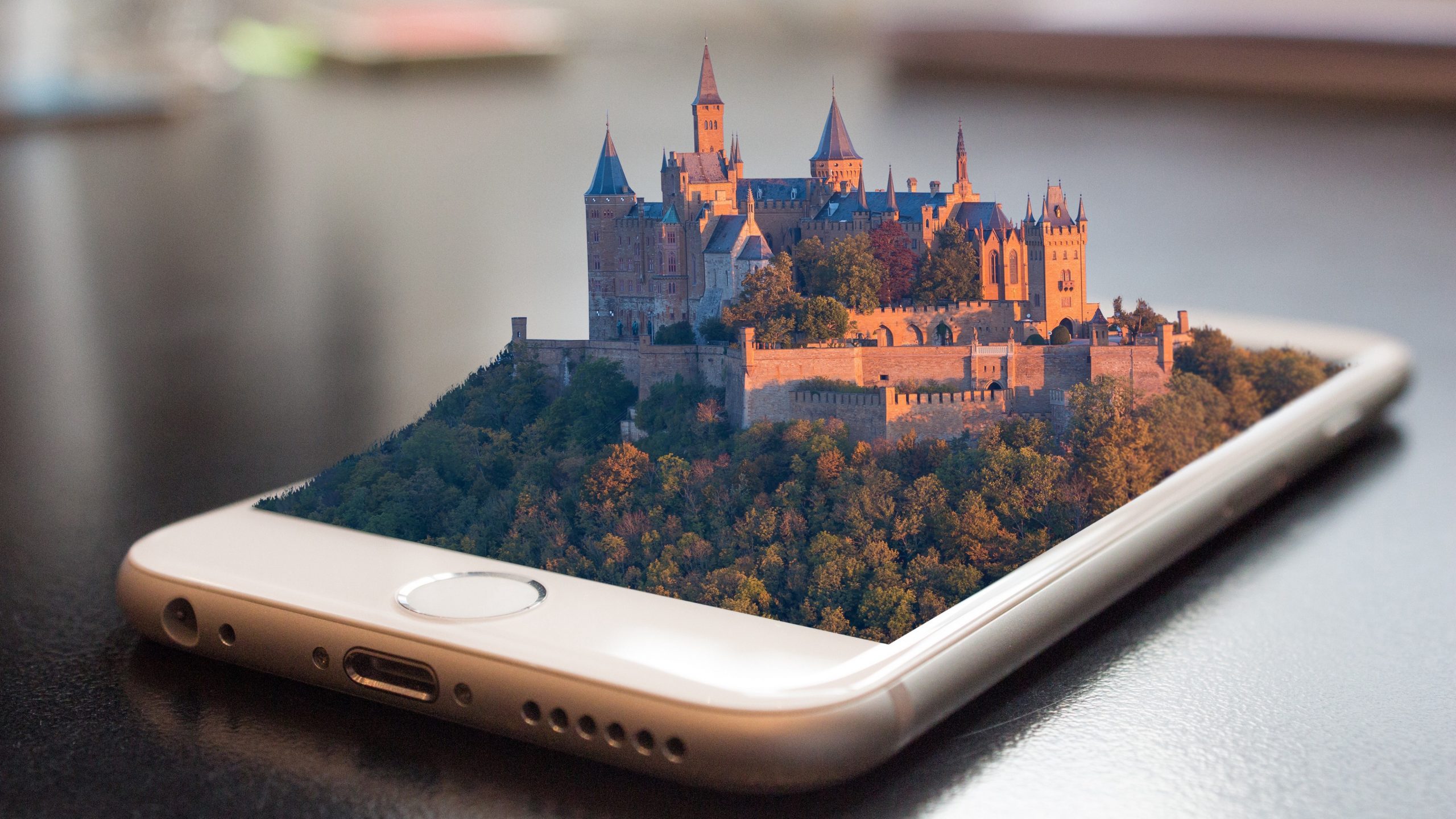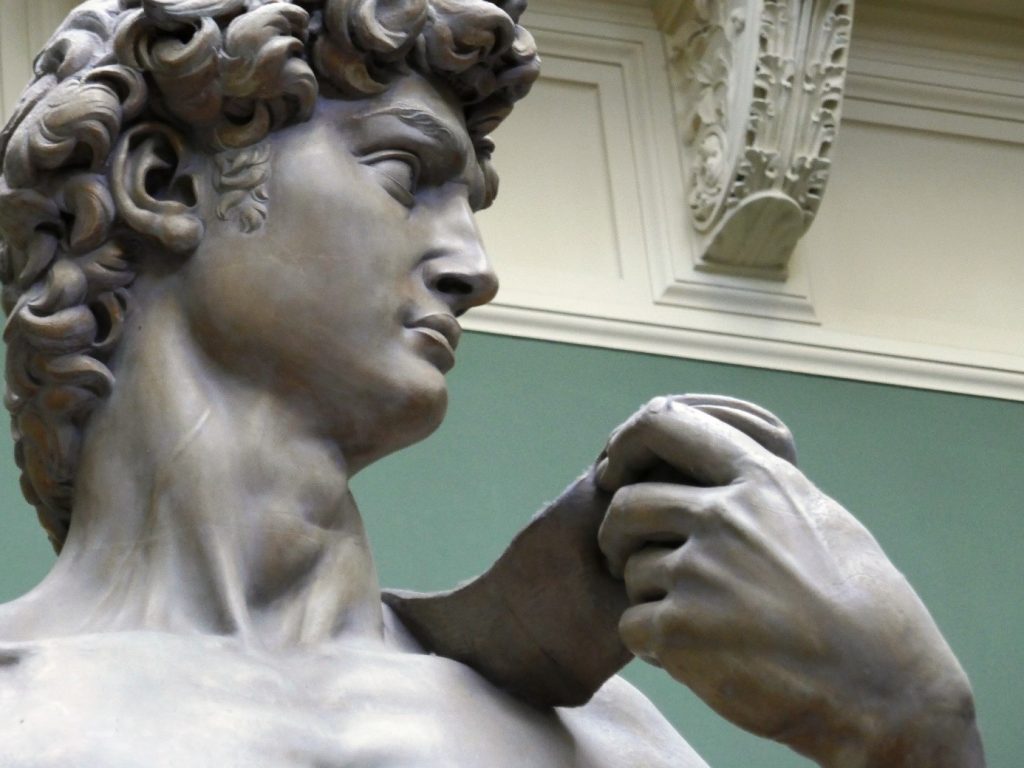Fighting of science and art has been an issue for centuries. Many people compare scientific subjects with different arts and make judgments such as “Science is more important” or “Without art, there is no science.” according to some criteria. However, when it comes to science and art, should we look at more logical points instead of comparing them? For example, we can stop thinking of the two as if they were separate. Neither art can turn its back on science, nor science can exist where art is absent.

It is very common in people all over the world to consider the group / party / nation / state they belong to as the best in the world and to think that the rest is in the shadow of themselves. This is why art and science seem to be constantly quarreling. In fact, while the artist grows using the benefits of science in his art, he develops a different view of scientific discoveries thanks to his perspective on science. For example, did Steve Jobs, who developed the world-renowned Apple brand, designed different models of phones and computers by looking scientifically or by examining them more artistic and aesthetically? No doubt he was not a scientist, even though he was a researcher who liked to be fond of all the benefits of science. But by combining the findings that emerged in the light of science with artistic points, he could produce different technological products. As a result, Steve Jobs found neither the computer nor the mobile phone by the Apple brand. However, by combining different designs and technologies, he developed the world’s most innovative products.

What happens if we don’t end this fight that is common in societies? I think the best answer to this question is from Charles Darwin “Science and art are like two wings of a bird. Communities which use these two wings, fly and they become free. Those who cannot fly become chicken. While the chicken society pecks a handful of feed, it does not even realize that its eggs are taken from behind.” If we lose our artistic perspective as citizens of our country or the whole world, we will enter a rapid collapse in science.
So, does our education support this while integrating art and science? I will not be able to evaluate this question from all over the world, but in terms of our country, we are not even at the beginning of the road. In our country, science and social sciences curriculum is applied mostly in high school period. In the 2-3 hours left over from this intense curriculum, you will study in an art branch such as music or painting. However, I regret to say that this education you have received does not teach you to draw properly or play an instrument.
While teaching science in the education system in our country, art is in a permitted position. In other words, someone who has no idea about science or social sciences can be directed somewhere in the education system according to his / her interest (or future anxiety). But if you want to learn an art, you need out-of-school activities or courses. There is a fine arts school or state conservatories where this is the opposite. But too often, scientific training is neglected in there. Unfortunately, it is believed that people who received art education did not win any other departments in universities. But I will not touch that point.

As long as we do not put the artistic point of view into science education, we will think that these two important areas are in conflict with each other and we will be deprived of the beauties that will arise from their combination. We talked verbally about art and science being intertwined.
With a few examples, let’s show how beautiful the art-science harmony has been. One of the most exciting of today’s technologies is 3D printer technologies. Science has created 3D printers as a machine with the help of different mechanical, computer and polymer technologies. But after that an artistic perspective was required. The design of the products to be printed in 3D printers proceeds ergonomically-aesthetically and cost-based. In other words, while scientific data is needed to make ergonomic design, scientific research is required to make it cheap, artistic examination is required for aesthetics. When we think the other way around, that is, how art works, it needs the outcomes of science, many other examples come to mind. For example, when Michelangelo made his famous statue of David, he had to study many sciences from material science to static. As another example, Architect Sinar went through many scientific filters before revealing world-wonder works.
So what can we do?
The idea that we centered on education should be “Science makes the world easier to live, art makes the world livable.” In this way, we can raise not only people who know mathematics, physics, chemistry, biology or painting, music, sculpture, but also people who can blend a branch of science with a branch of art. Many of the world’s most influential products or inventions also come from ideas that can successfully combine the two.
We need to inject artistic uses into the basic science courses we take in elementary school, high school and even university. We need to know that practitioners and educators of quality art are at least as important as world-renowned inventors. Science should be taught according to the arts of interest in the main branches of art. Similarly, education of various art branches is important in engineering and basic sciences. In the study and research period after the training, we need to examine how much the idea or method intertwines these two areas. In today’s world, where not only functionality but also aesthetics is important, there will often be problems with ideas that do not take into account these two.

As a result, science and art are very important branches. However, the penetration of art to science and science to art increases the total value and importance 5-6 times. We are the citizens of the country that Atatürk founded, saying, ” The supreme guide in life is science.” and ” A nation without art has lost one of its vital vessels.” So, it will not be difficult for us to join these two areas and lead the world.
An Advice:
For a long time, I had thoughts that science and art should be mentioned together. When I realized that I was interested in science and decided to study bioengineering, I also wanted to study history because of my interest in art history. Then, while researching this confusion, I saw the TED talk, which was taken in 2002, with a link below. Mae Jemison has explained the unity of science and art from 2002 to the present day, which has led me to do something about it. I started by writing at least one article, the next will come. In this context, I recommend you watch the speech below.
Yazar

Efe Cuma YAVUZSOY
MARKETING
